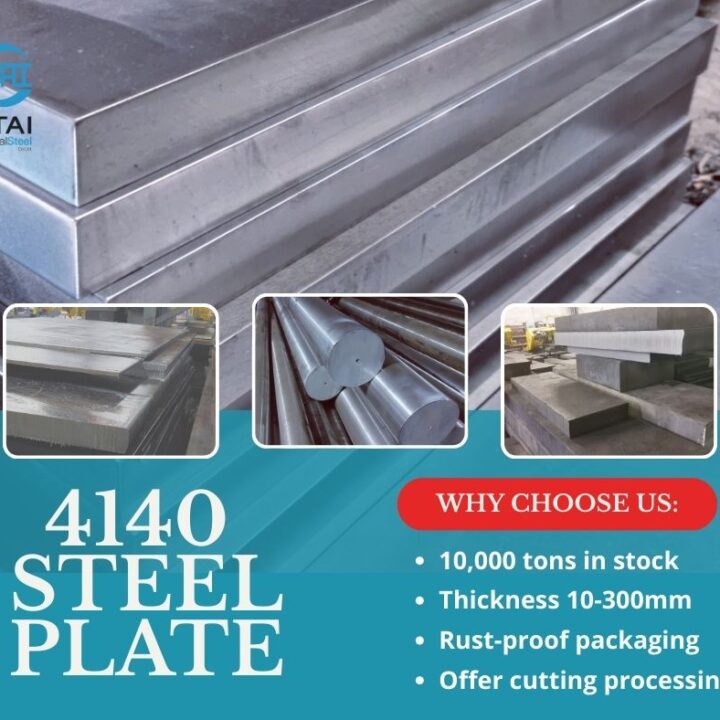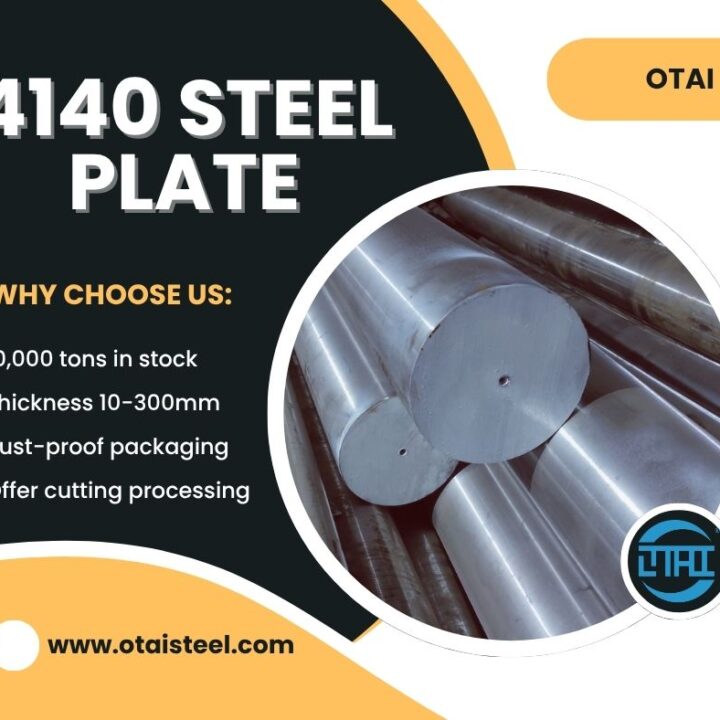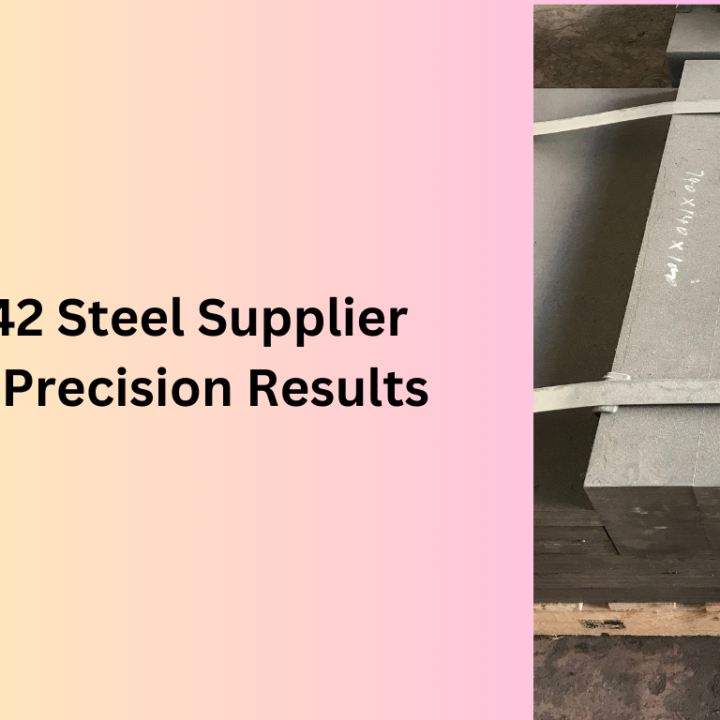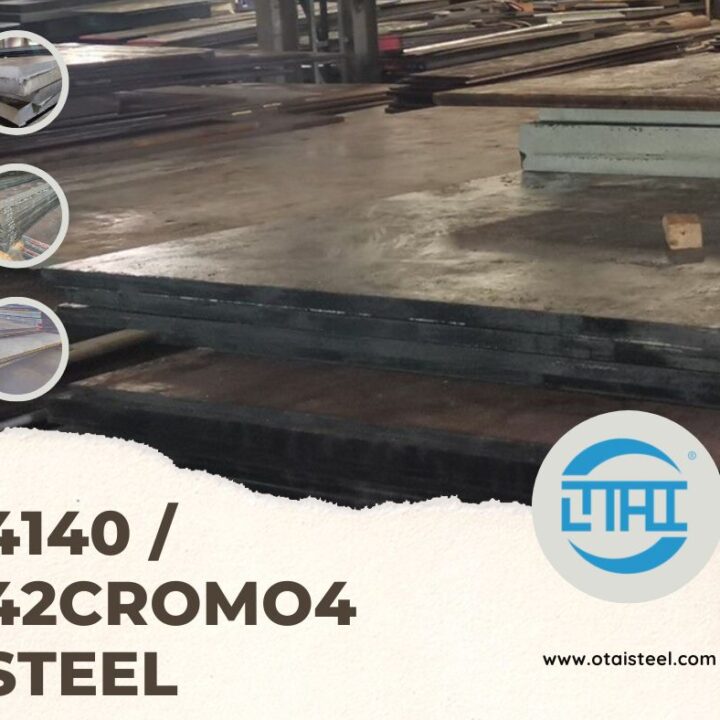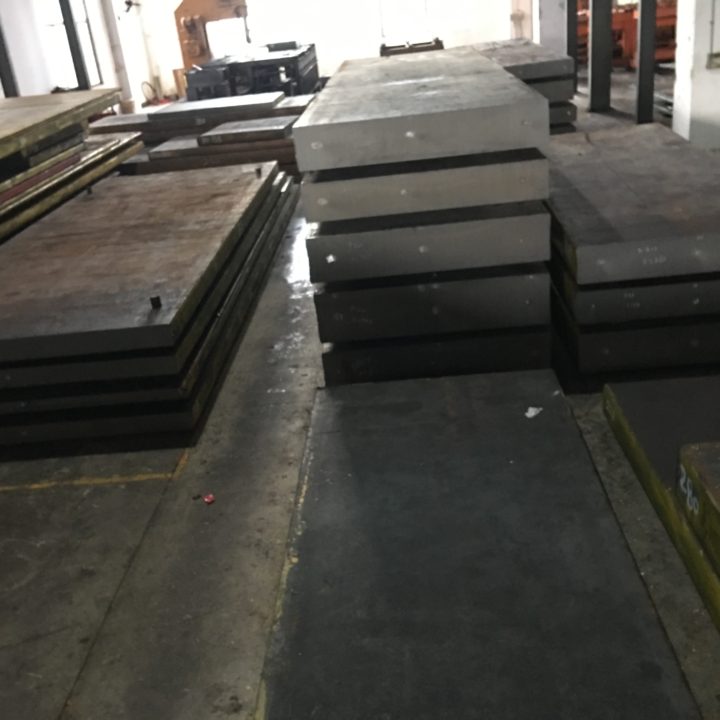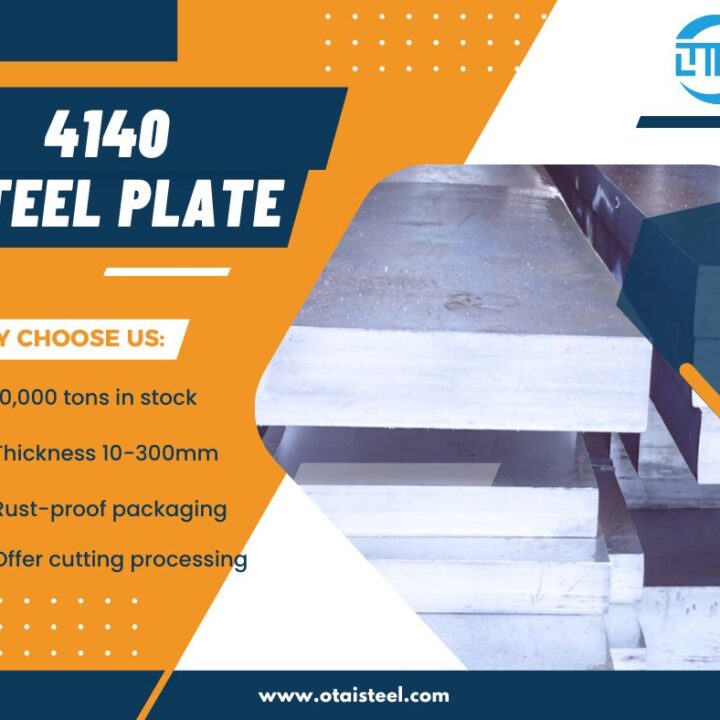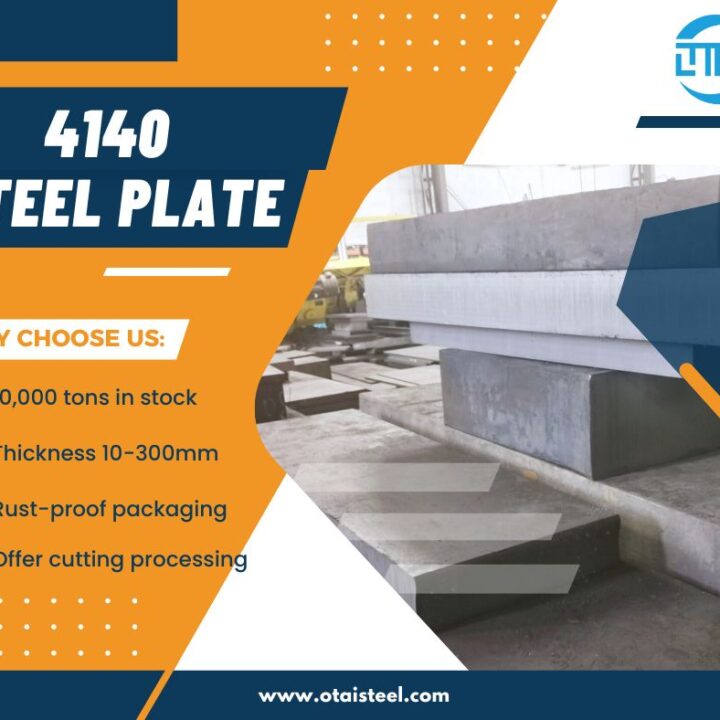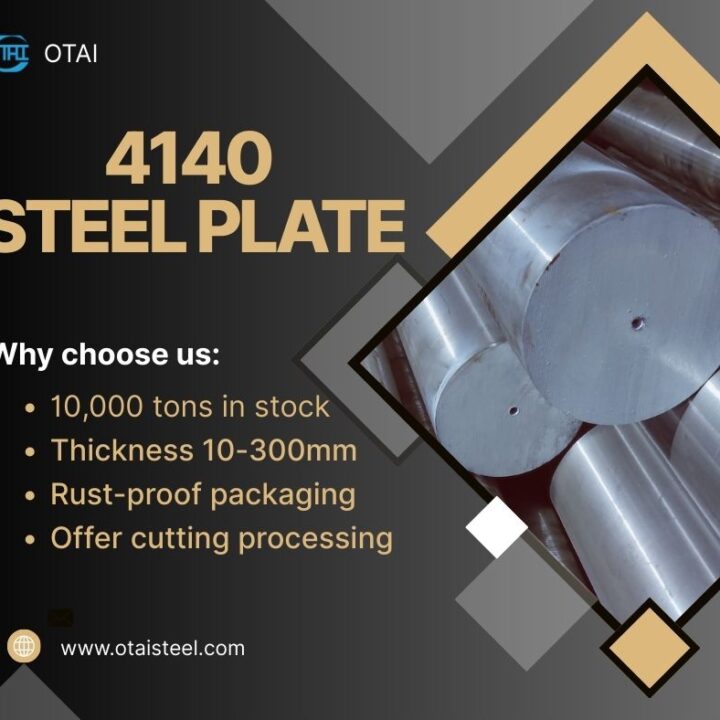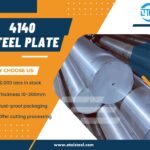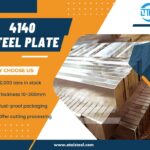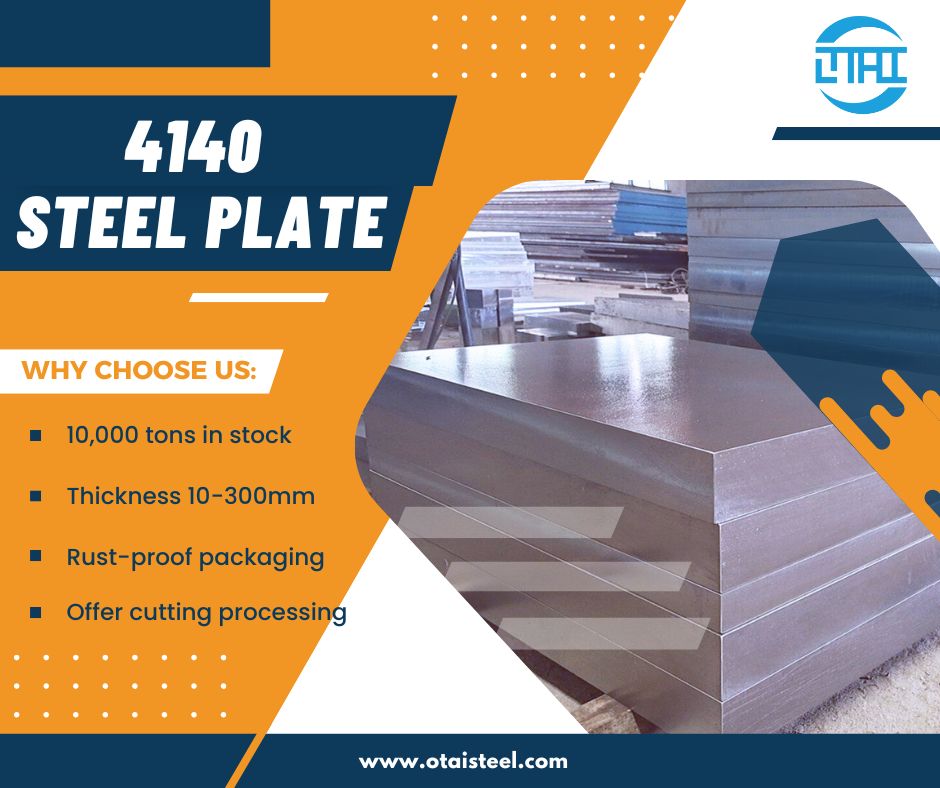 4140 Steel Cutting Speed: How to Maximize Your Machining Efficiency
4140 Steel Cutting Speed: How to Maximize Your Machining Efficiency
If you’re working with 4140 alloy steel, you know it’s a strong, versatile material—but cutting it efficiently requires the right approach. One key factor is the 4140 steel cutting speed. Getting this right can save you time, reduce tool wear, and improve surface finish.
So, what’s the ideal cutting speed for 4140 steel? What tools should you use? And how do cutting parameters affect your machining quality? Let’s dive in! 🚀
⚡ What Is the Recommended Cutting Speed for 4140 Steel?
4140 steel machining speed depends on many factors like material hardness, heat treatment condition, and the machining method (turning, milling, drilling, etc.). But here’s a practical guideline for cutting speeds (in surface feet per minute, SFM):
| Machining Method | Condition | Cutting Speed (SFM) | Notes |
|---|---|---|---|
| Turning | Annealed 4140 | 100 – 150 | Easier to machine, higher speed |
| Turning | Hardened 4140 (~28 HRC) | 40 – 60 | Slower to prevent tool wear |
| Milling | Annealed 4140 | 80 – 120 | Use carbide tools recommended |
| Drilling | Annealed 4140 | 40 – 60 | Lower speed, steady feed |
Tip: If your 4140 steel is quenched and tempered (Q&T), cut at the lower end of the speed range to extend tool life.
🛠️ Best Cutting Tools for 4140 Steel
Choosing the right tools is just as important as speed. For 4140 steel cutting, here are top recommendations:
-
Carbide tools: Ideal for cutting hardened or heat-treated 4140. They resist heat and maintain sharpness longer.
-
High-speed steel (HSS) tools: Work well with annealed or normalized 4140 but wear faster on harder steel.
-
Coated tools (TiN, TiAlN): Improve wear resistance and reduce friction, boosting cutting efficiency.
-
Coolant use: Always use coolant or cutting fluid to reduce temperature and prolong tool life.
📊 Understanding Cutting Parameters for 4140 Steel
Besides cutting speed, you must optimize feed rate and depth of cut for best results.
| Parameter | Recommended Range | Effect on Machining |
|---|---|---|
| Feed Rate | 0.002 – 0.008 inches per revolution (IPR) | Too low causes rubbing; too high causes tool overload |
| Depth of Cut | 0.05 – 0.25 inches | Higher depths reduce pass counts but increase tool wear |
| Spindle Speed | Calculated based on cutting speed and tool diameter | Must be adjusted based on material hardness and tool type |
Using the correct feed rate for 4140 alloy steel ensures smooth cutting without damaging tools or workpiece surface.
🔍 How to Cut Hardened 4140 Steel?
Cutting hardened 4140 (~28-32 HRC) steel is tougher but doable with the right approach:
-
Use carbide or ceramic tools designed for hardened steel.
-
Lower cutting speed (typically 40-60 SFM) to reduce heat buildup.
-
Apply rigid fixturing to avoid vibrations that cause chipping.
-
Use coolant liberally to cool the tool and workpiece.
-
Consider peck drilling for deep holes to avoid overheating.
⚖️ Comparing 4140 vs 1045 Cutting Performance
If you’re familiar with 1045 steel, you might wonder how 4140 compares:
| Feature | 4140 Steel | 1045 Steel |
|---|---|---|
| Hardness (annealed) | 20-28 HRC | 16-20 HRC |
| Machinability | Moderate, needs sharper tools | Easier, faster cutting speeds |
| Cutting Speed | Lower (due to alloying elements) | Higher |
| Tool Wear | Higher due to Cr & Mo content | Lower |
4140 steel cutting speed is generally lower than 1045 because of its alloying elements, which make it tougher and more wear-resistant.
💡 Pro Tips for Efficient 4140 Steel Machining
-
Always start with recommended speeds and adjust based on tool wear and surface finish.
-
Monitor tool wear closely, especially with harder 4140 steel.
-
Use sharp, coated carbide inserts for longer tool life.
-
When machining complex parts, use CNC programming optimized for 4140’s toughness.
-
If possible, request annealed or normalized 4140 from your supplier for easier machining.
📞 Need Help with 4140 Steel Machining?
If you’re unsure about the best 4140 steel CNC turning speed or need custom-cut 4140 stock, feel free to reach out!
We’re here to help you optimize your machining parameters, recommend tooling, and provide high-quality 4140 steel ready to machine.
FAQs — 4140 Steel Cutting Speed
Q1: Can I use the same cutting speed for all 4140 steel?
No, it varies greatly based on heat treatment and machining method.
Q2: What happens if cutting speed is too high on hardened 4140?
Tool wear accelerates, and surface finish deteriorates.
Q3: Can coolant improve cutting speed?
Yes, coolant reduces heat and allows for slightly faster cutting speeds.
Q4: Is carbide always better than HSS for 4140 steel?
For hardened or heavy-duty machining, yes. For softer 4140, HSS can be sufficient.
Q5: How often should I change cutting tools when machining 4140?
Depends on usage and cutting parameters but monitor for wear signs and replace promptly.
🏭 Why Choose Otai Special Steel for 4140 Material Supply?
Here’s why thousands of engineers and manufacturers worldwide trust us:
- Over 10,000 tons of alloy steel in stock
- 4140 bars, plates, and cut parts from 6mm to 300mm thick
- Supply in annealed, normalized, or Q&T conditions
- Custom cutting, pre-machining, and heat treatment available
- Third-party inspection (SGS, BV) on request
- We supply to Thyssenkrupp, Borealis, Schlumberger, and more
- Fast worldwide delivery with rust-proof packaging
📧 jack@otaisteel.com
📱 +8676923190193 (WhatsApp)
